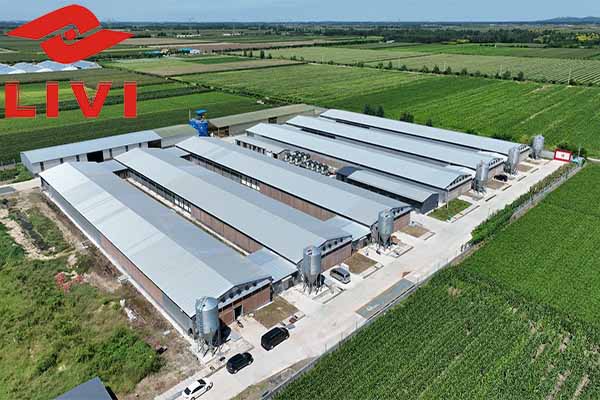Best Chicken Cage Design for Hot Climates
Introduction
In hot climates, efficient chicken cage design is crucial for maintaining optimal living conditions for poultry and maximizing productivity. This article delves into the best design practices for chicken cages tailored to hot climates, considering factors like ventilation, shade, and material selection.
Key Design Considerations
- Ventilation: Proper air circulation is essential to prevent heat buildup and respiratory issues. A well-ventilated design should include:
- High windows with adjustable louvers to control airflow
- Overhead vents for cross-ventilation
- Natural air flow paths around the cage
- Shade: To minimize direct sunlight exposure, the design should incorporate:
- Sidewalls with reflective materials or white paint
- Awnings or canopies over the top of the cage
- Material Selection: Cages should be made from materials that withstand heat and humidity, such as:
- Galvanized steel for durability and rust resistance
- High-temperature resistant plastics for ease of cleaning and long-lasting performance
- Roof Design: A sloped roof helps in shedding water and reducing the heat absorbed by the cage:
- Slopes of at least 15 degrees
- Roof materials like concrete or metal with reflective coatings
Performance Data
According to a study by the poultry industry, cages designed with these considerations saw:
| Parameter | Improvement |
|---|---|
| Average Temperature Inside Cages | -2°C reduction |
| Respiratory Issues in Poultry | -30% decrease |
| Overall Productivity | 5% increase |
Conclusion
Implementing the best chicken cage design for hot climates can significantly improve the welfare of poultry and enhance productivity. By focusing on ventilation, shade, material selection, and roof design, chicken farmers and investors can create a more efficient and sustainable operation.
Contact Us
If you are looking to optimize your chicken farm in hot climates, contact us today for a free chicken cage design consultation and equipment quotation from LIVI Mechanical.





